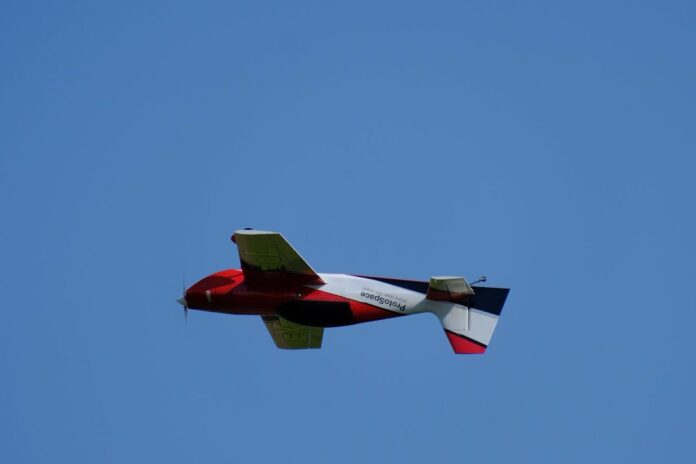A publicly announced first that, while somewhat narrow in scope, marks an important standards-based 5G NTN trial using LEO satellites to connect with a moving drone
Airbus Central Research and Technology, and Luxembourg-based satellite operator OQ Technology, successfully conducted what they claim is the world’s first flight demonstration of a Low-Earth Orbit (LEO) 5G Non-Terrestrial Network (NTN) connection to user terminals mounted on a test drone.
Using licensed S‑band NB‑IoT, the test demonstrated 5 kbps throughput and 99.95% connection continuity, even during aerobatic manoeuvres like loops and spins. According to OQ CEO Omar Qaise, S‑band offers robustness over Ku/Ka bands and aligns with 3GPP NTN standards, ensuring compatibility with terrestrial networks.
“That band is compatible with existing terrestrial cellular networks as it is standardised by 3GPP for NTN,” he said. “It also offers advantages over higher frequencies such as Ku and Ka bands in terms of fading, as it is not affected by rain or weather conditions and can penetrate through forests.”
He added: “Licensed bands also have the advantage over unlicensed ones—like those used by LoRa—in having less interference and more protection. Our LEO satellites provide global coverage and are already licensed in many countries.”
Watching Japan
Qaise said the trial was a “major step” toward 5G/6G NTN support for airborne platforms in applications like aviation, defence, and secure IoT. It also seems to be an early verification of 3GPP release 17 standards for NTN.
Airbus and OQ’s test showcased reliable data transmission even under random drone orientations, so it does mark a significant milestone in the development of 5G NTN technology. This is because while the Japanese are pushing the envelope on NTN, they are tending to focus on high-altitude platform stations (HAPS) in the stratosphere rather than in orbit.
For example, SoftBank has pioneered HAPS-based NTN through its subsidiary HAPSMobile, achieving “the world’s first delivery of 5G communications from the stratosphere using an unmanned aerial vehicle (UAV) equipped with a payload which was developed in-house” in September 2023.
SoftBank HAPSMobile’s stratospheric telecommunications platform can “directly provide LTE and 5G connectivity, making it possible for customers to use their smartphones and other mobile devices without the need for special equipment.” SoftBank officially announced plans to launch pre-commercial HAPS telecom services in Japan in 2026, with US-based Sceye.
Meanwhile, NTT Docomo and Airbus successfully completed data connectivity tests between the LTE base station and smartphones using HAPS from the stratosphere (altitudes of around 20km) in Laikipia County, Kenya.
Therefore, while OQ’s achievement was just one corner of expanding NTN services, it was an important one given it managed it with LEO satellites and that will no doubt open up some interesting possibilities involving HAPS, for example.




